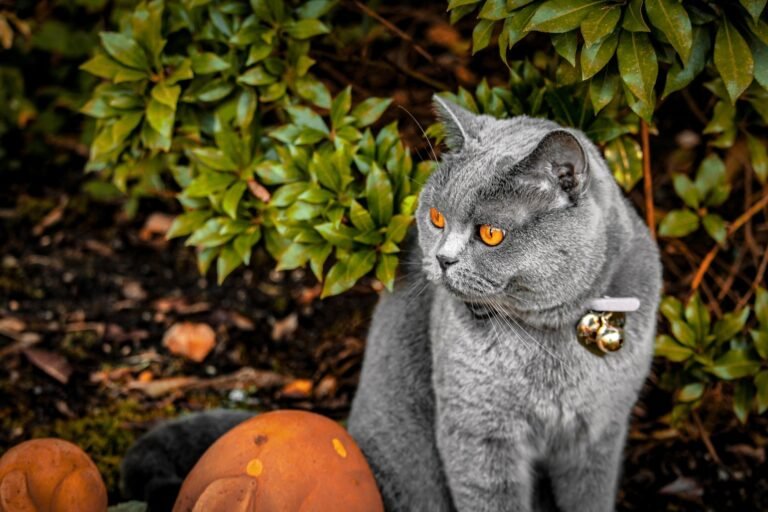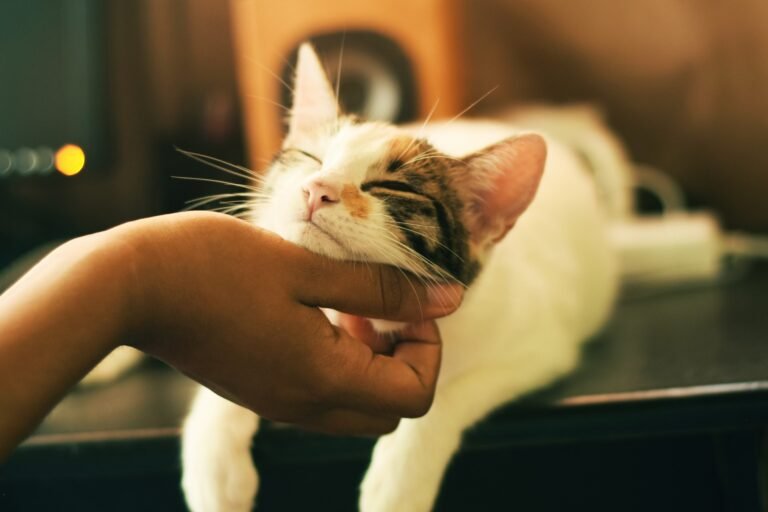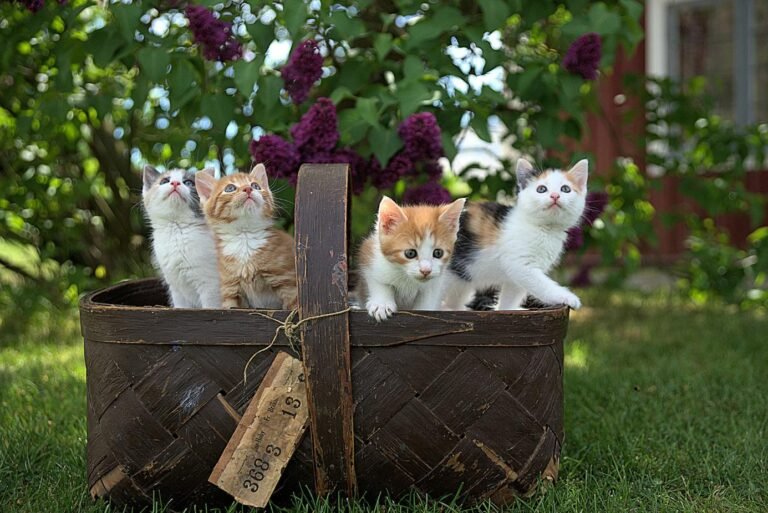Domestic Cats (Felis silvestris catus)
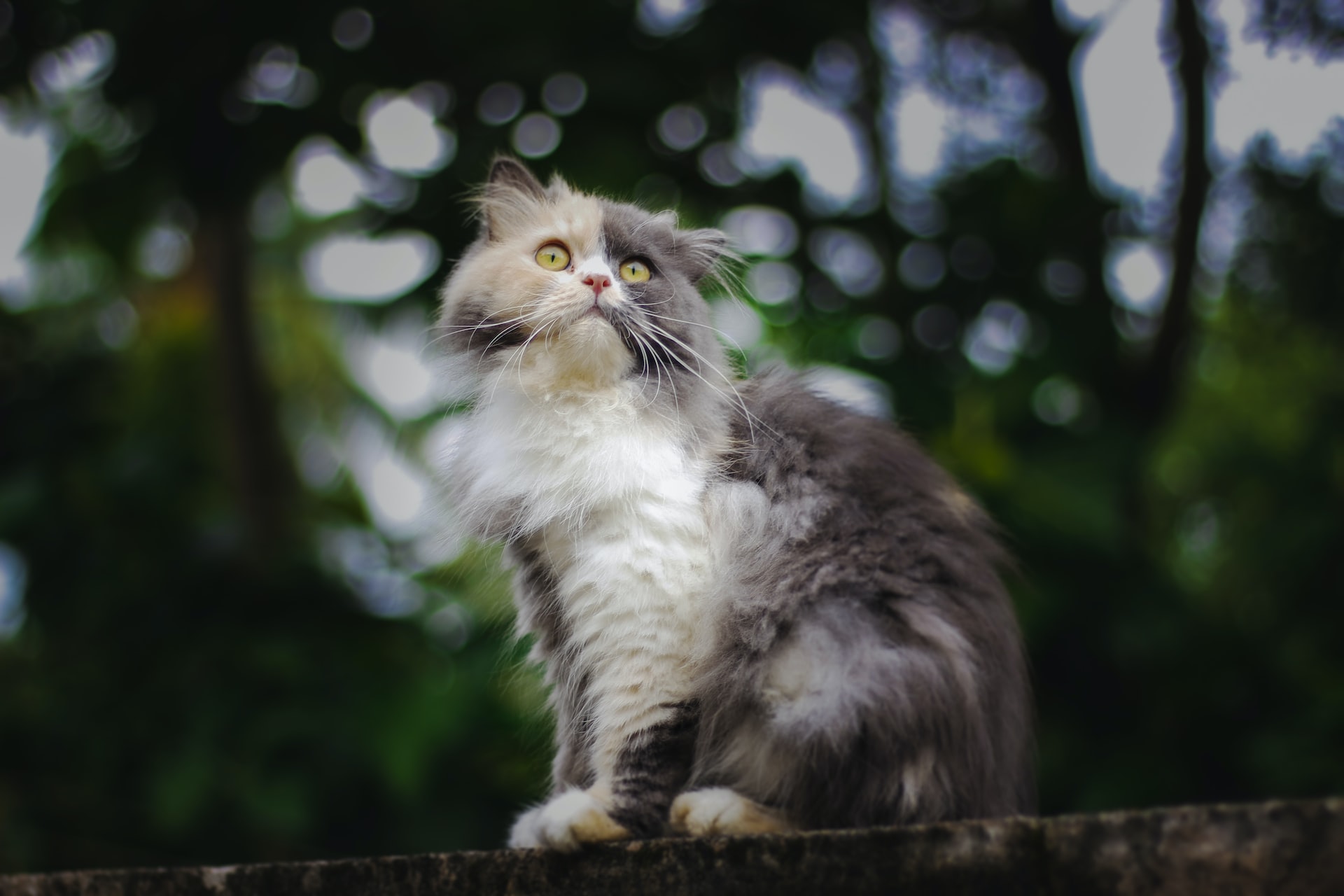
Domestic cats belong to a family called’ Felidae’. Interestingly, the cat( nimble) family resolves off from other mammals at least 40 million times agone, making them one of the oldest families of mammals. It’s one of the small bloodsuckers that are present each over the world.
ALL CATS SHARE SOME CHARACTERISTICS THAT ARE SPECIFIC TO THEIR SPECIES
Adults average 20 to 25 centimeters (8 to 10 inches) at the shoulder. Most weigh 2.7 to 7 kg. Some cats weigh more than 10 kilograms. They are covered with hair that can have different colors depending on the breed. Some have plain dresses and others are tigers.
kitties are nimrods and have strong raptorial instincts. They’re perfect nimrods, they’ve important jaws, long sharp teeth, and claws that repudiate into their legs when not in use. pussycats have sharp hail that’s more sensitive than numerous other species( tykes, mice, etc.) and sight acclimated to night vision, which allows them to hunt indeed in low light. In general, they sleep a lot during the day.
The muscles are long, thin, and flexible. They allow them to move with great ease and speed. They can run around 48 kilometers per hour. Unlike many animals, it walks by moving its front and back legs on one side of its body at the same time, then the legs on the other side.
You can tell your pet’s mood just by looking into their eyes. Frightened or excited he will have large pupils, while in anger he will have narrowed pupils. Humans and cats have similar regions in the brain responsible for emotions.

THE CAT’S DIET
They are carnivores and need a lot of meat and protein in their diet, usually around 30%. They tend not to eat fruits and vegetables as they don’t have an adequate digestive system to deal with these types of foods, although they will sometimes chew grass to aid digestion. A well-balanced diet is essential for the health of your pet. There is a wide range of foods:
FRESH FOOD:
Fresh foods can be an additional source of nutrients. Cooked meat must be cooled before being served, it is the basis of the diet for your pet, and it must not be forgotten that it is a carnivore. Dry food helps clean teeth and is nutritionally complete, can form the bulk of a cat’s diet, and is easily stored. They prefer to have their food at room temperature. Never give him food straight from the refrigerator.
It is advisable to take the food out of the refrigerator about half an hour before serving it so that it can come to room temperature. Many people cannot digest milk and develop diarrhea when given cow milk. This can be especially serious for kittens who become dehydrated quickly when suffering from diarrhea. Cat milk is available in small plastic bottles. Your pet must always have clean, fresh water available.
CANNED FOODS:
Canned foods are the most popular and contain all the necessary nutrients, vitamins, and minerals. Most preserves offer a wide variety of flavors in sauce or jelly.
ALUMINUM POUCHES AND TRAYS:
Foil pouches and trays have become popular with cat owners due to their convenience and cost. They only eat 100 grams of food per serving, which leads to a lot of waste when using 500 grams of canned food. Aluminum foil pouches are also available in many flavors such as liver, chicken, and rabbit…
DRIED FOODS:
Cat food is becoming more and more popular. they contain all the vitamins and minerals necessary for a complete and balanced diet. Water should always be available when feeding your pet dry food. Dry foods can always be mixed with gravy foods for additional nutrients. One of the advantages of kibble is that there are kibble dispensers on the market that can be useful for supplying your cat with food when you are away.
HOW MUCH FOOD TO GIVE AT EACH MEAL
Do not fill your cat’s plate. If you cannot feel your cat’s ribs, it is probably overweight and the daily rations should be reduced. If you think you’re feeding your pet enough, but they seem skinny or losing weight, get them checked out by a veterinarian. Owners often give in to their pets and they suffer from obesity. Overweight pets have a shorter lifespan and are more prone to heart and respiratory problems and arthritis pain. Help him stay healthy by keeping him at a healthy weight.
The diet of a kitten will be different from that of an adult or an elderly individual. Generally, a kitten should be fed little and often, while an adult needs larger meals but less often.
They hunt and eat small mammals, birds, fish, frogs, lizards, and snakes. On farms, they help reduce the population of pests (rats, mice, and other small rodents). They use their keen eyesight and hearing to catch their prey. They tend to swallow large bites of meat without chewing it. They are mainly nocturnal animals due to their night vision.
LIFE EXPECTANCY
The domestic cat has an average longevity of 12 to 18 years, but a few individuals have been identified who have had a much longer life expectancy. Creme Puff an American cat set the record in the Guinness Book of Records with 38 years and 3 days.
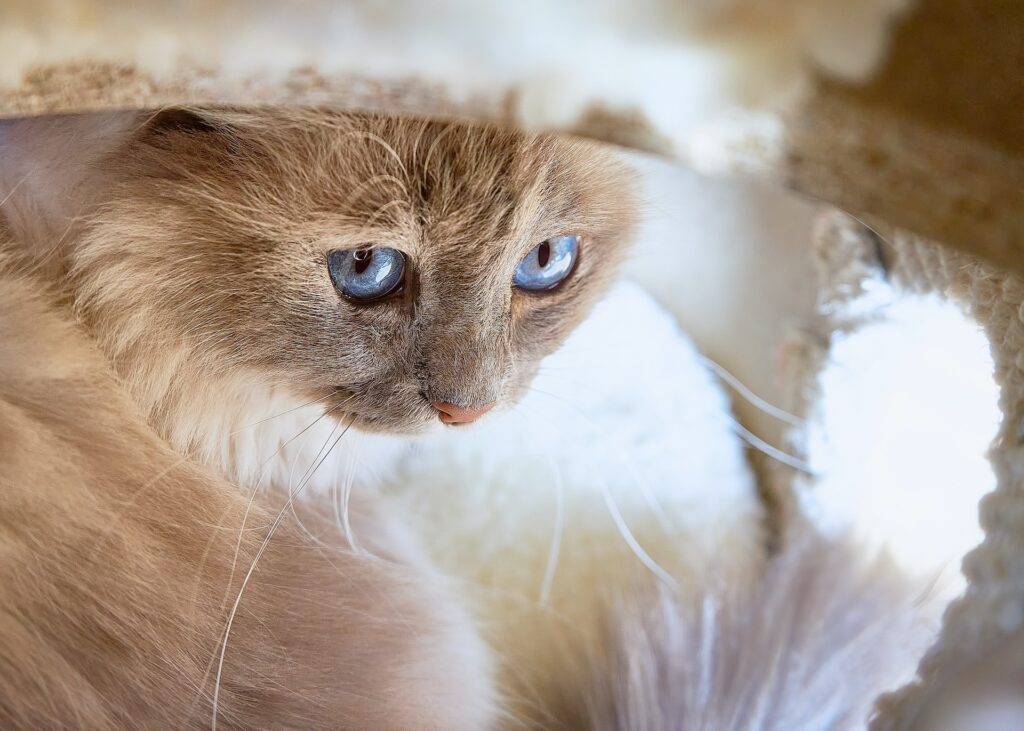
THE REPRODUCTION
Females are seasonally poly-estrogenic, meaning they can have countless ages of heat over time, with the season beginning in spring and ending in late fall. Heat spells do about every two weeks and last about 4- 7 days. numerous males will be attracted to a cat in heat. The males will fight for her, and the winner will win the right to copulate. At first, the womanish rejects the joker, but ultimately, the womanish allows the manly to mate.
The female gives a loud cry when the joker comes out of her because a joker‘s penis has a band of about 120- 150 backward-pointing penile backbones, which are about 1 mm long; when the penis is withdrawn, the backbones scrape against the walls of the lady‘s vagina, which act to induce ovulation. This act aims to clear the vagina of other sperm in the environment of alternate lovemaking( or further), therefore giving posterior males a lesser chance of generality.
After mating, the female washes her vulva thoroughly. If a male attempt to mate with her at this stage, the female will attack him. After about 20 to 30 minutes, once the female has finished grooming, the cycle repeats. Since ovulation is not always triggered by a single mating, female cats may not be impregnated by the first male they mate with. In addition, it is a so-called super-fertile species, that is to say, a female can mate with more than one male when she is in heat, so different kittens from a litter may have different fathers.
THE DIFFERENT BREEDS OF CATS
Abyssinian – American curl – American shorthair – American wirehair – Anatoli – Turkish Angora – Asian – Australian mist – Balinese – Bengal – Russian blue – American bobtail – Kurilian bobtail – Japanese bobtail – Bombay – Brazilian shorthair – British longhair – British shorthair – Burmese – Burmilla – Californian rex – Californian spangled – Ceylan – Chartreux – Chantilly – Chausie
Colorpoint shorthair – Cornish rex – Cymric – Devon rex – Donskoy – European shorthair – Exotic shorthair – German rex – Havana brown – Highlander – Highland fold11 – Himalayan – Khao Manee – Korat – LaPerm – Maine coon – Mandarin – Manx – Arabic Mau – Egyptian Mau – Minskin – Munchkin – Nebelung – Norwegian or Skogkatt – Ocicat – Ojos Azules – Oriental shorthair – The Persian – Peterbald – Pixie-bob – Ragamuffin – Ragdoll – Sacred Burma – Safari – Savannah – Scottish fold – Selkirk rex – Serengeti – Seychellois – Siamese – Siberian – Singapura – Skookum – Snowshoe – Sokoke – Somali – Sphynx – Thai – Tiffany – Tonkinese – Toyger – Turkish Van – Ural rex – York chocolate.
A NEWBORN KITTEN
124 hours after conception, the morula forms. At 148 hours, early blastocysts form. At 10-12 days, implantation takes place.
The gestation period is 64 to 67 days, with an average of 66 days. Litter size is usually three to five kittens, with the first litter usually smaller than subsequent litters. Kittens are weaned between six and seven weeks, and they normally reach sexual maturity at 5-10 months (females) and 5-7 months (males), although this may vary by breed. Females can have two to three litters per year, and can therefore produce up to 150 kittens during their breeding period of about ten years.
they are ready to move into new homes around 12 weeks of age when they are ready to leave their mothers. They can be surgically neutered (spayed or neutered) as early as 7 weeks to limit unwanted breeding. This surgery also prevents unwanted sexual behaviors, such as aggression, territory marking (spraying urine) in males, and howling (calling) in females. Traditionally, this surgery was performed around six to nine months of age, but it is increasingly being performed before puberty, around three to six months of age.

